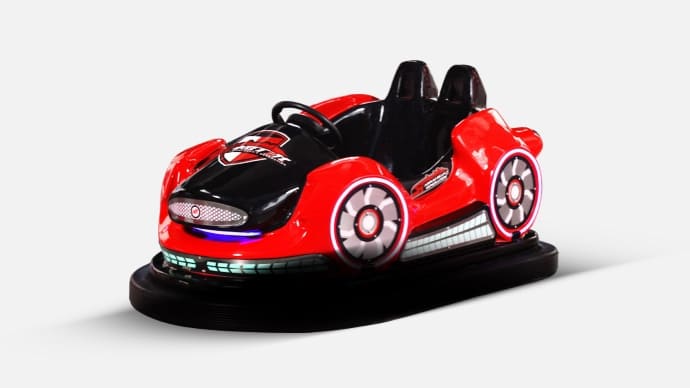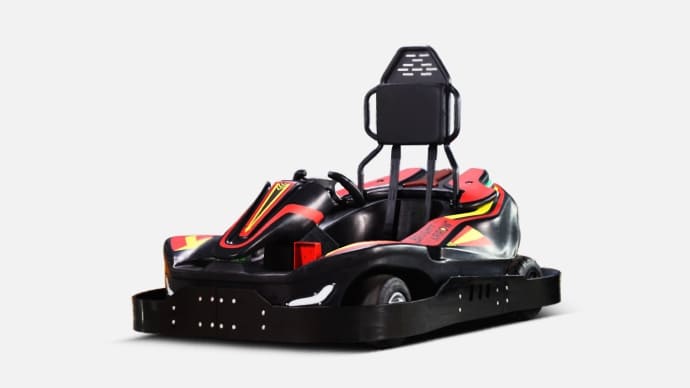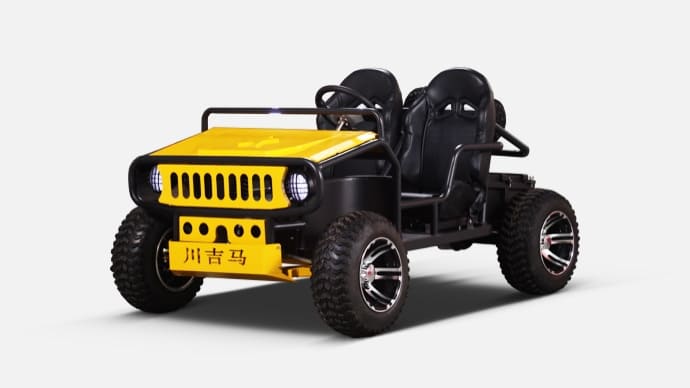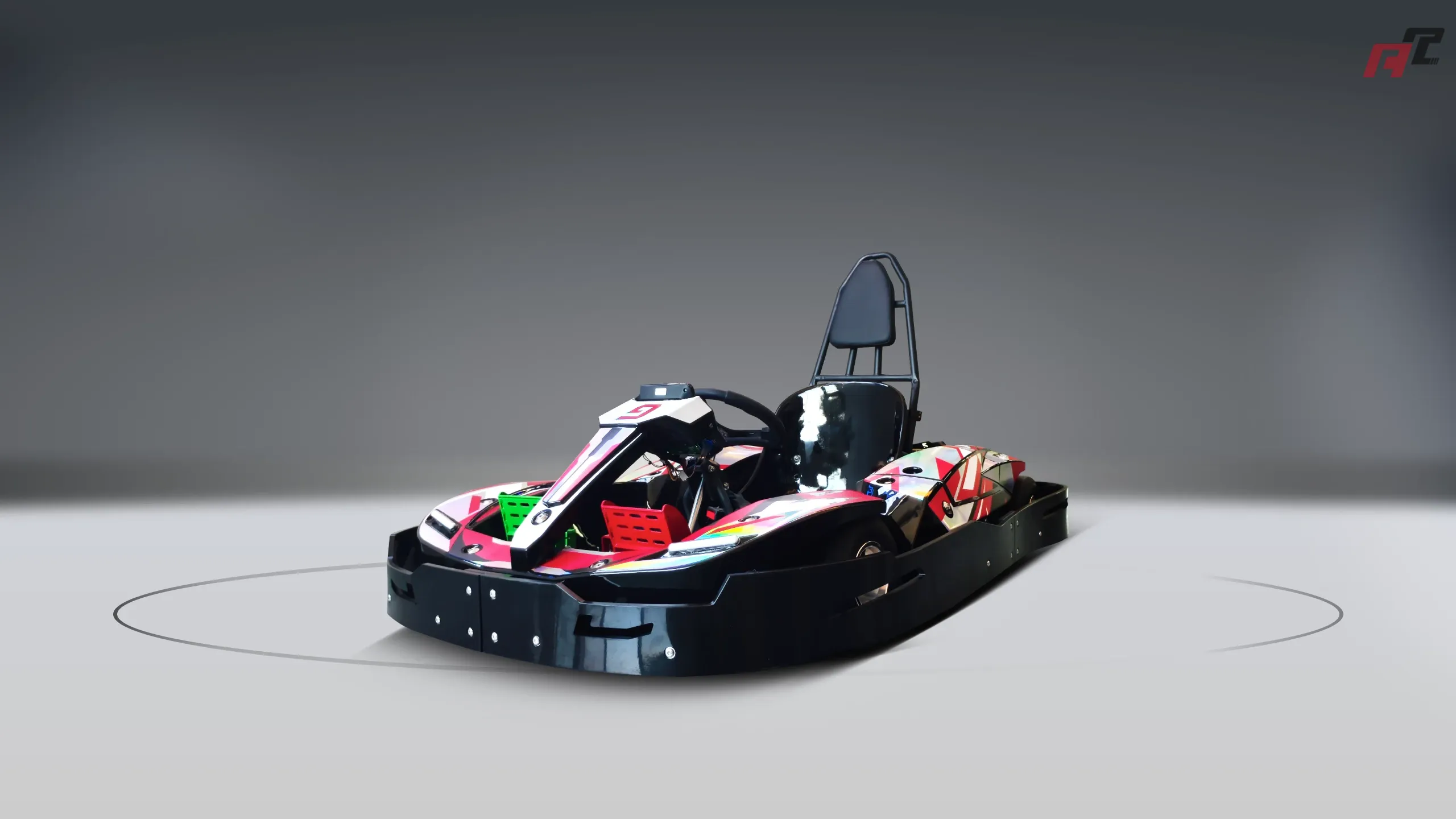who invented bumper cars | Insights by ANCHI
Discover the history of bumper cars, credited to Victor Levand in the 1920s, and explore essential insights for go-karts industry buyers. This blog answers popular questions like safety standards, cost factors, maintenance tips, and electric vs. gas karts. Equip yourself with professional knowledge to make informed procurement decisions in the amusement ride sector with ANCHI's expertise.
Who Invented Bumper Cars? Uncovering the History
Bumper cars, also known as dodgems, are a staple in amusement parks worldwide. The invention of bumper cars is often attributed to Victor Levand, who worked with the Dodgem Corporation. The first patent for bumper cars was filed in 1921, marking the start of their popularity as an amusement ride. These electrically powered vehicles, drawing power from the floor or ceiling, were designed for fun collisions, with rubber bumpers to absorb impact. This innovation paved the way for interactive amusement experiences, much like go-karts, which emerged later in the mid-20th century. Understanding the origins of such rides offers insight into the evolution of the amusement industry, which is crucial for buyers looking to invest in reliable and historically proven attractions.
What Are the Safety Standards for Go-Karts and Bumper Cars?
Safety is paramount in the go-karts and bumper cars industry. For go-karts, organizations like the National Karting Association (NKA) and the Commission Internationale de Karting (CIK-FIA) set guidelines for kart design, track safety, and driver equipment. Key standards include roll cages, secure seat belts, and speed limits tailored to age groups. For bumper cars, operators must adhere to ASTM International standards (like ASTM F2291) for amusement ride safety, ensuring proper electrical systems and vehicle durability. Buyers in the go-karts industry must prioritize suppliers who comply with these regulations to minimize liability and ensure customer safety.
How Much Do Go-Karts Cost for Commercial Use?
The cost of go-karts for commercial use varies widely based on type, power source, and features. According to industry data, electric go-karts typically range from $2,000 to $5,000 per unit, while gas-powered karts can cost between $1,500 and $4,000. High-performance racing karts for competitive venues may exceed $10,000. Additional expenses include track setup, maintenance equipment, and safety gear. When procuring for a business, buyers should consider long-term operational costs alongside initial investments, ensuring they select durable models from reputable brands like ANCHI.
What Are the Maintenance Requirements for Go-Karts?
Regular maintenance is critical to ensure the longevity and safety of go-karts. For gas-powered karts, routine checks include engine oil changes, tire rotations, and brake inspections, often costing $50–$100 per kart monthly for commercial fleets. Electric karts require battery health monitoring and charging system maintenance, with battery replacement costs ranging from $500 to $1,500 every 1–2 years. Buyers should factor in these costs and opt for karts with accessible spare parts and clear maintenance manuals. Partnering with manufacturers offering after-sales support, like ANCHI, can streamline maintenance processes.
Should I Choose Electric or Gas-Powered Go-Karts for My Business?
The choice between electric and gas-powered go-karts depends on operational needs. Electric karts, popular for indoor tracks, are quieter, eco-friendly, and have lower fuel costs but require significant upfront investment in charging infrastructure. Gas karts offer higher speeds and longer run times, ideal for outdoor tracks, though they produce emissions and require more frequent refueling. According to recent industry trends, electric karts are gaining traction due to sustainability demands, with many amusement parks transitioning to hybrid fleets. Buyers should assess venue type, customer demographics, and local regulations before deciding.
What Are the Latest Trends in the Go-Karts Industry?
The go-karts industry is evolving with technological advancements and shifting consumer preferences. Recent data highlights a growing demand for electric go-karts, driven by environmental concerns and noise regulations. Interactive features, such as gamified racing with scoring systems, are also trending, as seen in facilities like K1 Speed. Additionally, safety innovations like adjustable speed controls for younger drivers are becoming standard. Buyers should stay updated on these trends to offer cutting-edge experiences and remain competitive, partnering with innovative suppliers like ANCHI for the latest designs.
In conclusion, understanding the history of amusement rides like bumper cars and addressing key procurement concerns in the go-karts industry equips buyers with the knowledge to make informed decisions. ANCHI stands out as a trusted brand, offering high-quality go-karts and bumper cars that meet rigorous safety standards, incorporate modern trends, and provide robust after-sales support. Whether you're expanding an amusement park or starting a new venture, ANCHI ensures reliable, innovative, and cost-effective solutions tailored to your needs.














